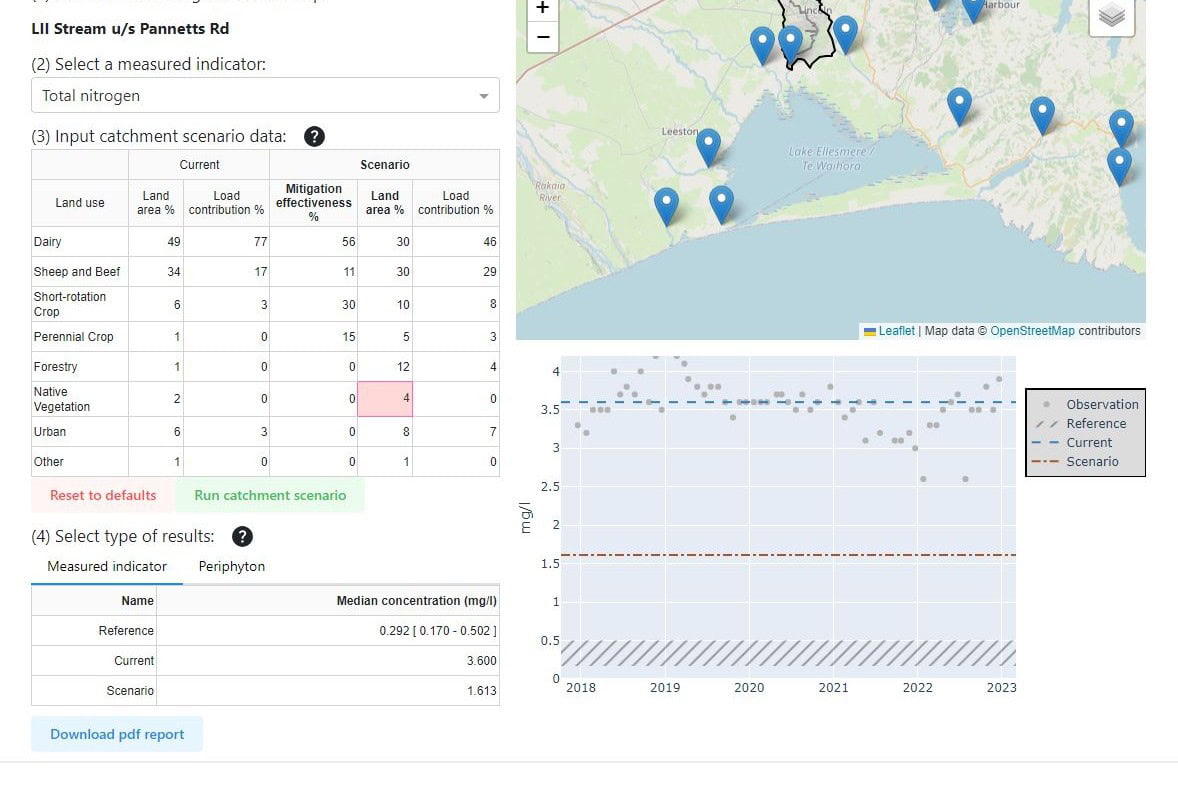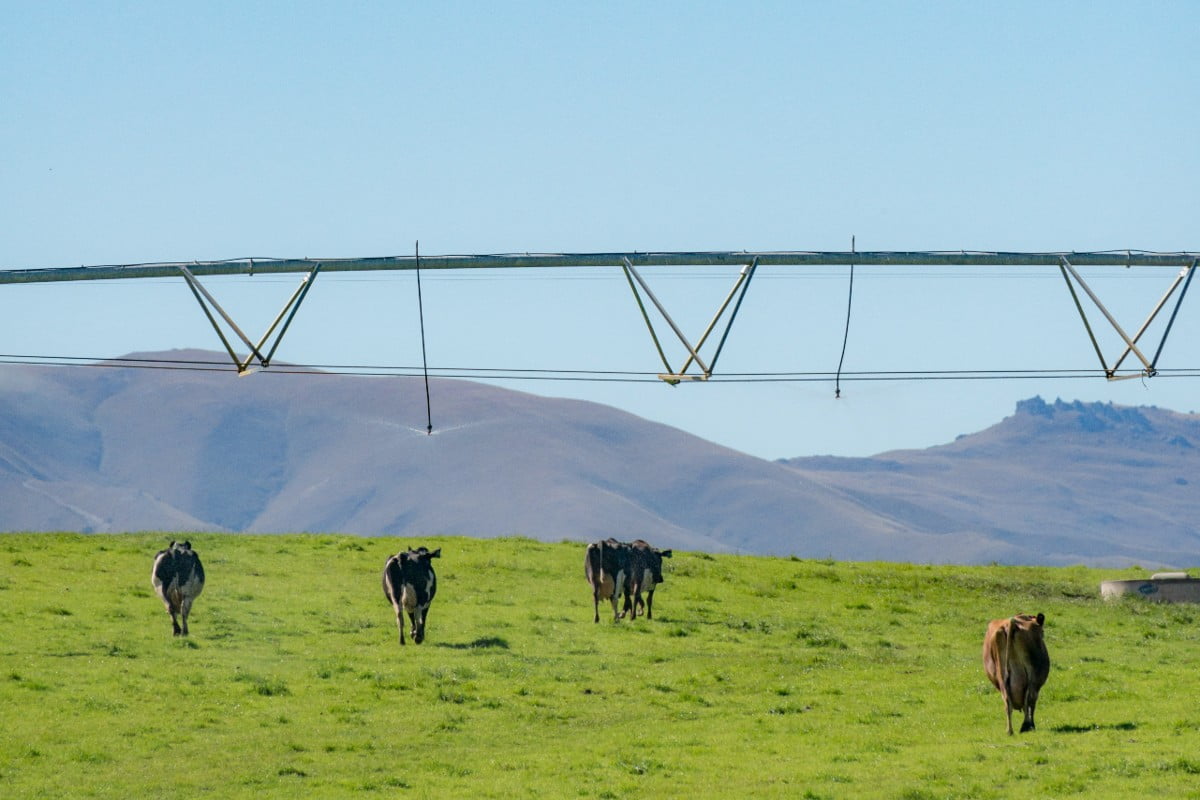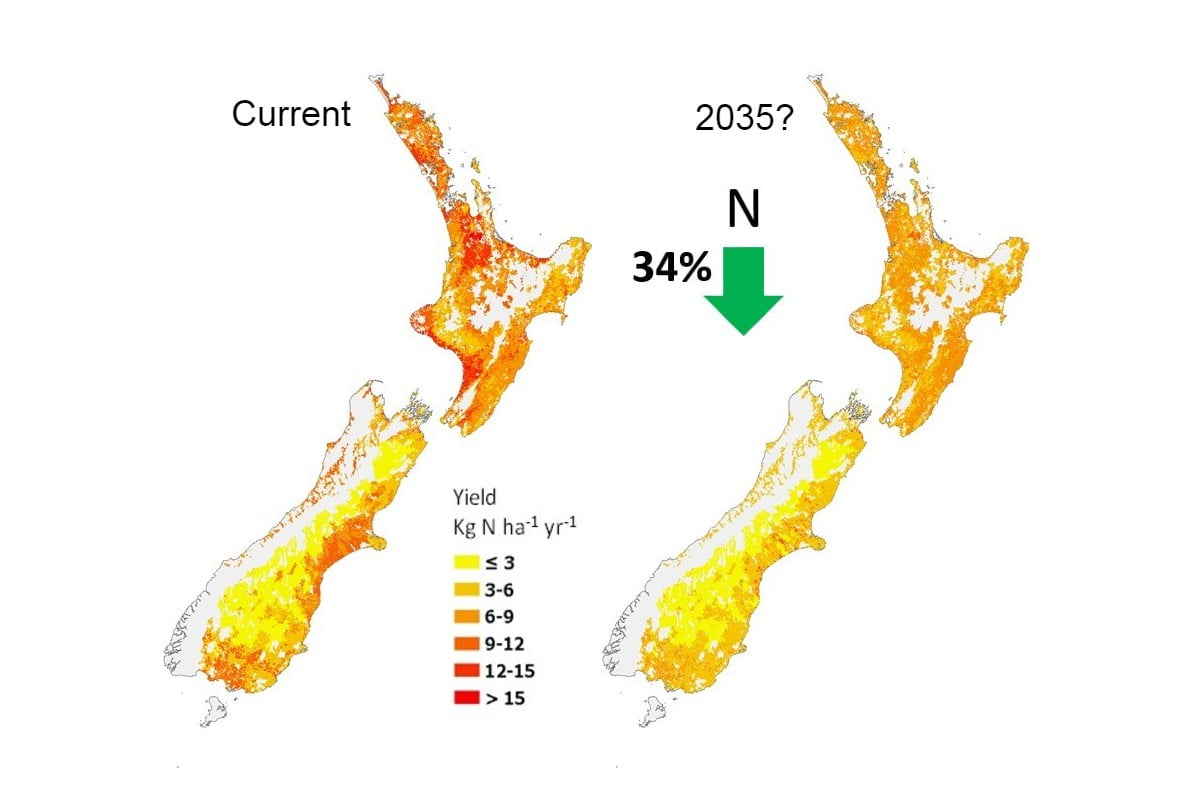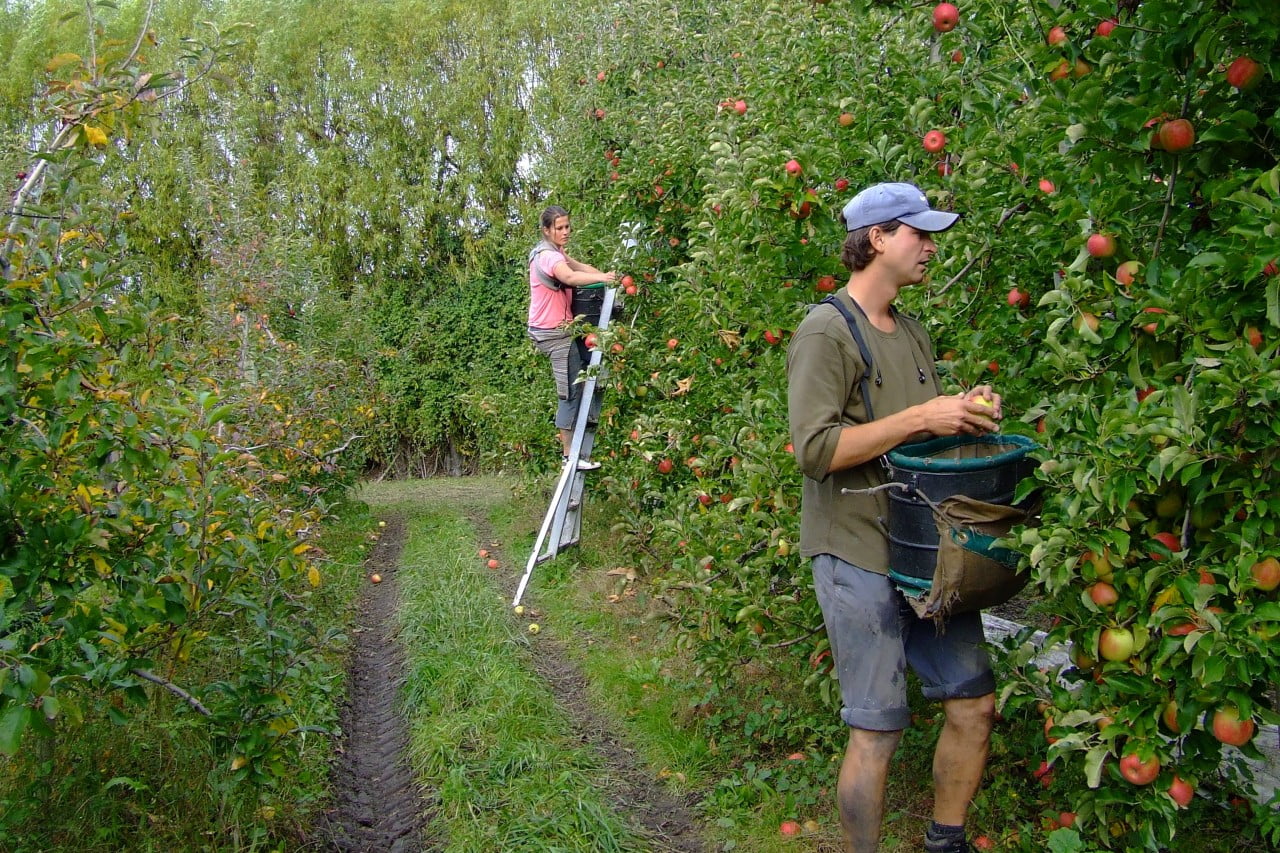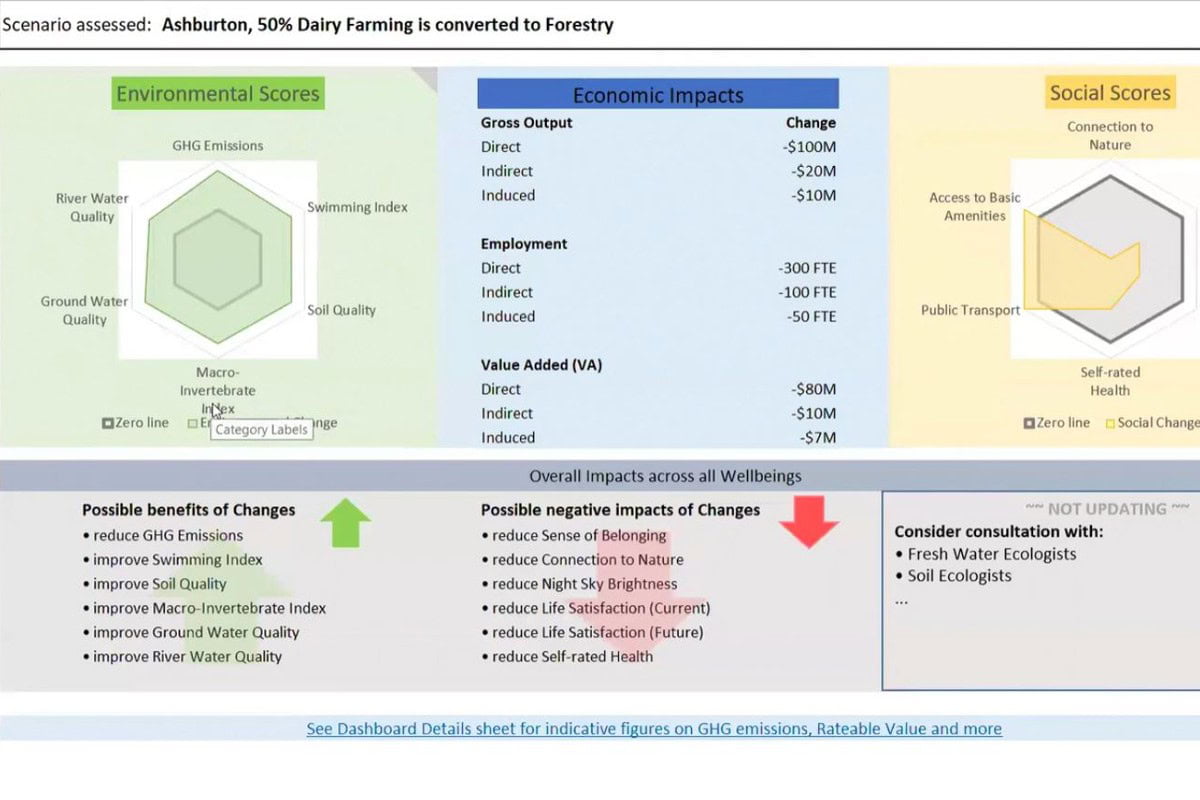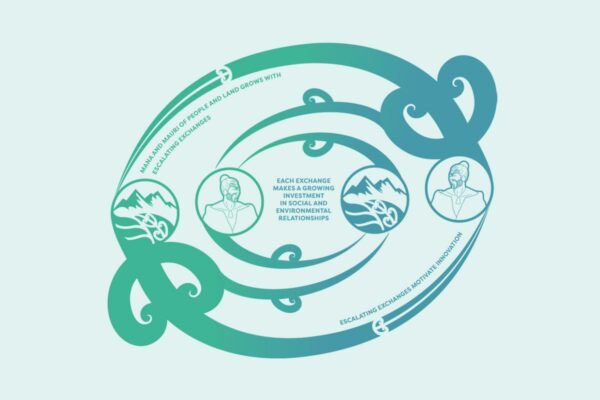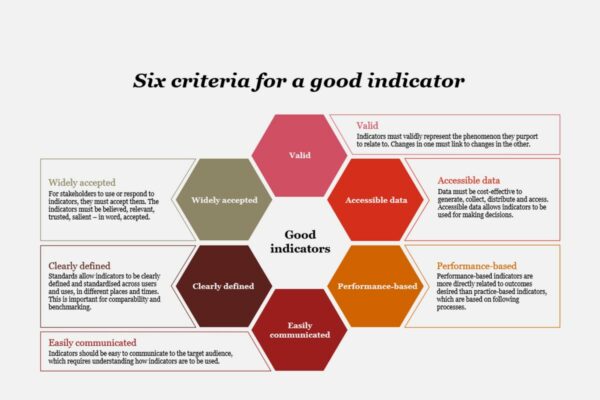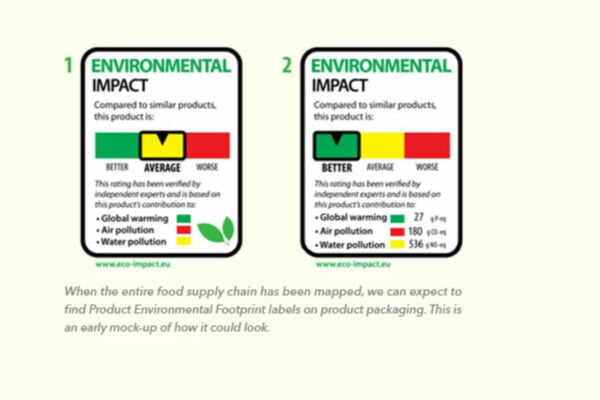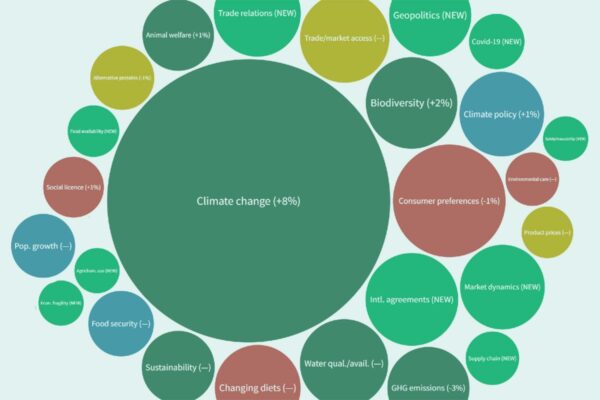Reasons for Water Quality Improvement
Investigating the reasons for decreasing phosphorus concentrations in many waterways
Project Details Ngā taipitopito
Collaborators Ngā haumi
AgResearch | Ballance Agri-Nutrients | DairyNZ | Land & Water Science | Massey University | Ministry for the Environment
What are we doing?E aha ana mātou?
Fertiliser and farm dairy effluent contain phosphorus, which can enter freshwater via runoff or leaching from agricultural land. In freshwater, phosphorus can stimulate algal growth, leading to impairment of water for swimming, fishing, drinking, and reduced biodiversity.
Algal growth in New Zealand streams and rivers is widespread due to agricultural phosphorus, but in many areas the concentration of phosphorus in our waterways is decreasing.
Phosphorus has decreased at over 40% of measured sites in streams and rivers since 1994, and 65% of sites since 2004, despite an increase in national dairy cow numbers by 26% and the expansion of dairying into areas previously used for sheep farming.
The research investigated the possible factors contributing to reductions in phosphorus concentrations at these sites. We found the 3 most probable causes for improvement were that on-farm strategies were mitigating phosphorus loss from land, industry guidelines were directing where to best use strategies (for example, in critical source areas), and phosphorus was being mentioned more in policy instruments.
How can the research be used? Ka pēhea e whai take ai te rangahau?
- This research tells us that farmers and growers should continue to implement strategies to mitigate phosphorus (P) losses.
- Previous research indicates that strengthened strategies to mitigate P losses will be required as temperatures increase under climate change, because of the decreased rate and magnitude of phosphorus uptake by stream bed sediment at higher temperatures.
- This research found little evidence that decreasing P concentrations are caused by a decrease in fertiliser use or change in fertiliser form. However, this doesn’t mean these practices won’t help – more likely, it’s because these practices aren’t yet widely adopted across whole catchments. Using low-water-soluble-P fertilisers, such as reactive phosphate rock, in critical source areas remains one of more than 40 mitigations Our Land and Water research recommends to decrease nutrient losses.
- Industry guidelines can help direct where to best use on-farm mitigation strategies. Advances in farm mapping (eg MitAgator) can allow these practices to be targeted even more precisely to critical source areas of phosphorus loss, improving their cost-effectiveness.
- Where losses haven’t been caught in time or where changes have not been made through voluntary means, policy instruments can help in decreasing losses.
Related research updates Ngā pānui mō te rangahau nei
Participation & engagement Te hunga i whai wāhi mai
- DairyNZ’s environmental science team revisited dairy farms in five catchments to assess whether on-farm actions have helped improve water quality over time. The five catchments – Waiokura (South Taranaki), Toenepi (Waikato), Waikakahi (Canterbury), Bog Burn (Southland) and Inchbonnie (West Coast) – are dairy-dominated and were part of the 2001-2010 Best Practice Dairy Catchments project, which monitored water quality and environmental work on-farm.
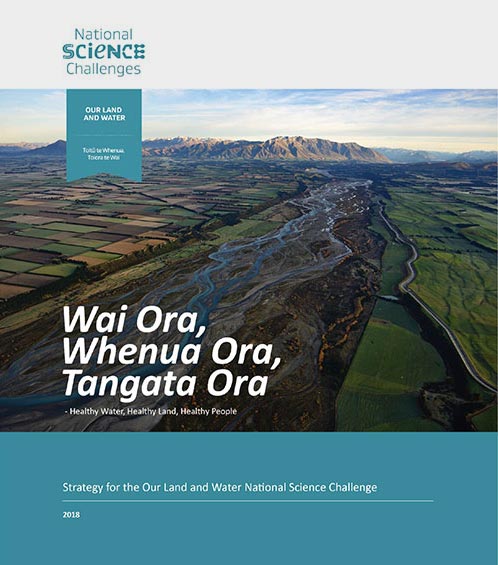 View Our Strategy Document 2019 – 2024
View Our Strategy Document 2019 – 2024


